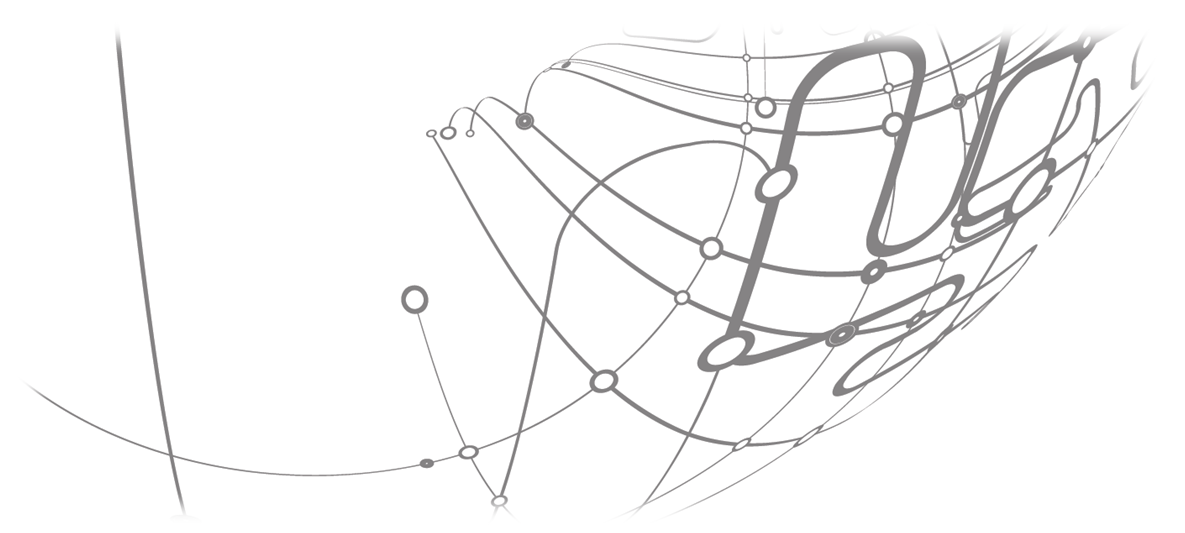Connecting the dots: Using machine learning to better identify the particles produced by collision events
Date Published:
Wednesday, 25 October, 2017
The particle detectors at CERN are like cathedral-sized 3D digital cameras, capable of recording hundreds of millions of collision events per second. The detectors consist of multiple ‘layers’ of detecting equipment, designed to recognise different types of charged particles produced by the collisions at the heart of the detector. As the charged particles fly outwards through the various layers of the detector, they leave traces, or ‘hits’. Tracking is the art of connecting the hits to recreate trajectories, thus helping researchers to understand more about and identify the particles. The algorithms used to reconstruct the collision events by identifying which dots belong to which charged particles can be very computationally expensive.


